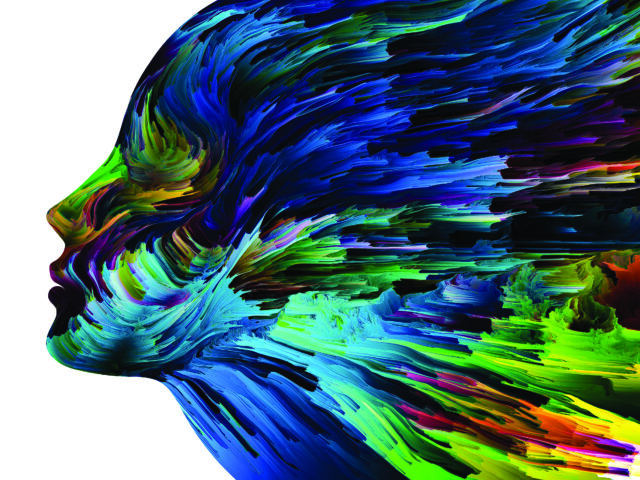
By Gabrielle Echevarrieta
The mind has been described as an iceberg. Exposed at the surface is the conscious mind, the 10 percent containing logic and critical thinking. The subconscious, the remaining 90 percent consisting of intuition and imagination, is submerged. Neuroaesthetics, a field of study that examines the impact environmental aesthetics have on the human brain and behavior, has the potential to reach these uncharted territories. Unlocking a new dimension beyond basic interior design concepts like balance and patterns, neuroaesthetic principles require a holistic approach to stylization of a space. A synergistic curation of materials, light, color and sound can influence well-being at a primal level.
Baker-Miller Pink, also dubbed “Drunk-Tank Pink,” has been shown to have measurable physiological effects on humans, including weakened muscles and lower heart rates. A study conducted at the U.S. Naval Correctional Facility in Seattle found that prisoners held in cells painted with the Baker-Miller hue experienced lower instances of aggression and hostility. In his book Beauty, Neuroscience & Architecture, architect Donald H. Ruggles suggests spaces designed with jagged edges and sharp points may trigger the brain’s fight-or-flight response, leading to feelings of restlessness. Biophilic design, the practice of merging man-made structures with natural elements, uses humans’ intrinsic connection to nature along with modern design innovations to boost productivity and mood.
A Space for Being, an installation created by Google and Johns Hopkins University’s International Arts + Mind Lab, explores how design aesthetics impact the mind and body. Guests walk through a series of rooms, each filled with vastly different furnishings, art, color and textures, wearing a wristband monitoring biological responses to their surroundings. There is evidence that an individual’s life experiences and omnipresent social norms can skew outcomes. During her visit, journalist Rab Messina found that traditional “calming” spaces spiked anxiety. She says, “My mind knew something my biodata didn’t: As a mixed-race Latin American woman, I have been conditioned to not feel comfortable in elegantly considered spaces. That’s where the elite belongs. Not me.”
Neuroaesthetic theory has the potential to reach beyond the home, including medical spaces. Stress plays a powerful role in physical well-being, and heightened anxiety can hinder the body’s healing mechanisms. Susan Magsamen, executive director of the International Arts + Mind Lab, states, “We’re researching how scent can change experiences in emergency care. Music helps people wake up from surgery and not feel so scared. Color to reduce anxiety is being used in many situations, with a focus on blues and greens for calm.”




